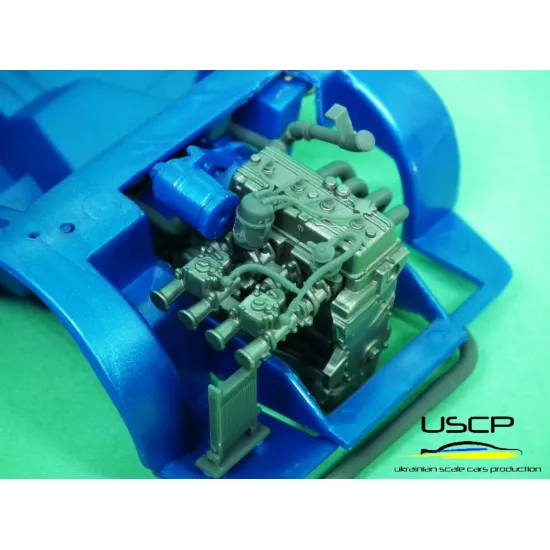How to Choose the Right Model Kits for Your Skill Level and Interests
How to Choose the Right Model Kits for Your Skill Level and Interests
Blog Article
Design systems have been catching the imaginations of hobbyists for decades, developing from simple designs in to intricate performs of craftsmanship. Their success for the duration of history may be attributed to a mix of advancing systems, ethnic changes, and a passionate neighborhood of enthusiasts.
Early Beginnings of Model Kits
The origin of model kits could be followed back once again to the first 20th century, largely in Europe and the United States. Originally, design systemswere handcrafted wooden replicas, frequently of ships or jets, developed as instruction instruments for technicians or naval cadets. These systems needed substantial talent to accomplish, as recommendations were small, and the pieces were rough.

By the 1930s, the procedure became more consumer-friendly as businesses like Frog and Monogram began making balsa timber jet kits. These kits catered to hobbyists and introduced simple pre-cut types, creating them available to a broader audience.
The Plastic Revolution
The 1950s marked a significant turning place in the development of product kits. The introduction of injection-molded plastic changed the industry. Companies like Revell and Airfix took the lead, producing step-by-step model sets featuring tanks, aircraft, and vehicles. That new product allowed for greater detail in production and offered simpler assembly for users.
Coupled with the post-war growth of middle-class leisure time, model-building quickly became a popular pastime for kids and people alike. As an example, 1967 saw the release of the Saturn V rocket model through the Place Race period, moving community curiosity to space exploration-themed models.
Model Kits in Pop Culture
The latter 50% of the 20th century saw model systems entrenched in place culture. Films and television shows became key owners of fascination, with businesses like Celebrity Wars and Celebrity Trek inspiring a wave of sci-fi kits. Japan also performed a pivotal position in this age, with the introduction of mecha-centric kits like Bandai's Gundam series in 1980.

Today's Enduring Demand
Despite improvements in technology, including digital simulations and game titles, the model set industry remains strong. Organizations now present extremely step by step packages using computer-aided design (CAD), 3D printing, and laser chopping, ensuring accuracy and precision. Furthermore, the rise of on the web communities, boards, and social media marketing has empowered contractors to share techniques, present finished works, and relate genuinely to like-minded hobbyists globally.
The enduring appeal of model packages lies not just within their elaborate types but in addition in the feeling of accomplishment they supply following hours of assembly. Today, they continue to link generations, combining history, artwork, and engineering into a simple rewarding hobby. Report this page